Well folks, I’ve been continuing my experiments with my two sky loops (closed loops of wire held above the ground at three or more points) and comparing them against various verticals. Sometimes the verticals win, other times the loops do. I’ve had 8m verticals and longer too. Today, I’ve put the 12m vertical back up (https://www.m0mcx.co.uk/?p=102) fed with my trusty SG230 coupler. I may add that anyone interested in fast antenna experiments should get one of these. A tremendous piece of kit. Matches anything.
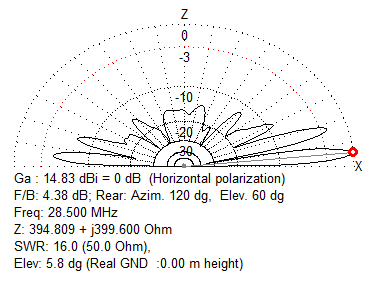 Apart from the noise factor (loops are quiet), the vertical seems to make a better impact on transmit more often than not for DX, unless I’m into NVIS or near NVIS (500 miles or so). Even then, up to 1,500 miles, the jury is out – either antenna can win. Beyond 1,500 miles the vertical seems to do a better job most of the time – not always, however my loops are very low to the ground, maximum height of 7 meters. On 40m, I would say the vertical is a better antenna to have almost all of the time unless you need NVIS for local copying – and with the sun spot cycle as it is, you won’t get this for a while yet!
Apart from the noise factor (loops are quiet), the vertical seems to make a better impact on transmit more often than not for DX, unless I’m into NVIS or near NVIS (500 miles or so). Even then, up to 1,500 miles, the jury is out – either antenna can win. Beyond 1,500 miles the vertical seems to do a better job most of the time – not always, however my loops are very low to the ground, maximum height of 7 meters. On 40m, I would say the vertical is a better antenna to have almost all of the time unless you need NVIS for local copying – and with the sun spot cycle as it is, you won’t get this for a while yet!
I used to have the opinion that loops were more often than not, cloud warmers. However let’s face it, so are almost all low-to-the-ground HF antennas. My interest was tickled recently when VE7HA mailed me an MMANA file of a very high (80- foot) 300 foot circumference skyloop that he had built with three very large trees. He claimed great contest results with this loop. I had a look at the plots. Yes, he was right.. Check this out, 10.4 dbi gain at 5 degrees to the horizon on 10m? On 15m band, we’re looking at 12.5 dbi at 7 degrees to horizon! On 20, it’s as good with 10.5 dbi gain at less than 10 degrees.
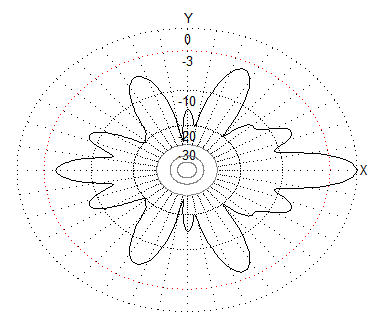 Now.. This is a very different animal to the Skyloops that most people build. If you want a pile-up generator, this is the animal to have. It fundamentally, takes all your RF energy and pancakes it low to the ground in various star shapes. Very Of course, you will sometimes null out the station you want but you could get really clever and change feedpoints with relays. But ignoring the clever engineering, this has changed my mind as to the effectiveness of a high skyloop.
Now.. This is a very different animal to the Skyloops that most people build. If you want a pile-up generator, this is the animal to have. It fundamentally, takes all your RF energy and pancakes it low to the ground in various star shapes. Very Of course, you will sometimes null out the station you want but you could get really clever and change feedpoints with relays. But ignoring the clever engineering, this has changed my mind as to the effectiveness of a high skyloop.
Be prepared to get into some matching territory though, ideally an automatic coupler at the fedpoint with open wire feeder, or perhaps an olde-fashioned tuner in the shack!
Some day I will build one, I just don’t have the trees 🙁
(Years later: I did build one. They’re amazing).
73
Callum.
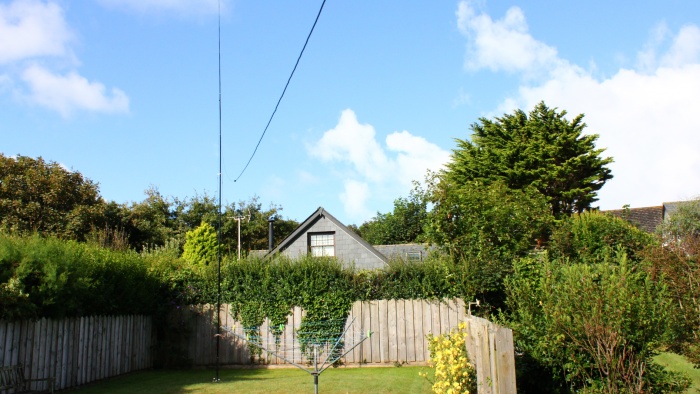
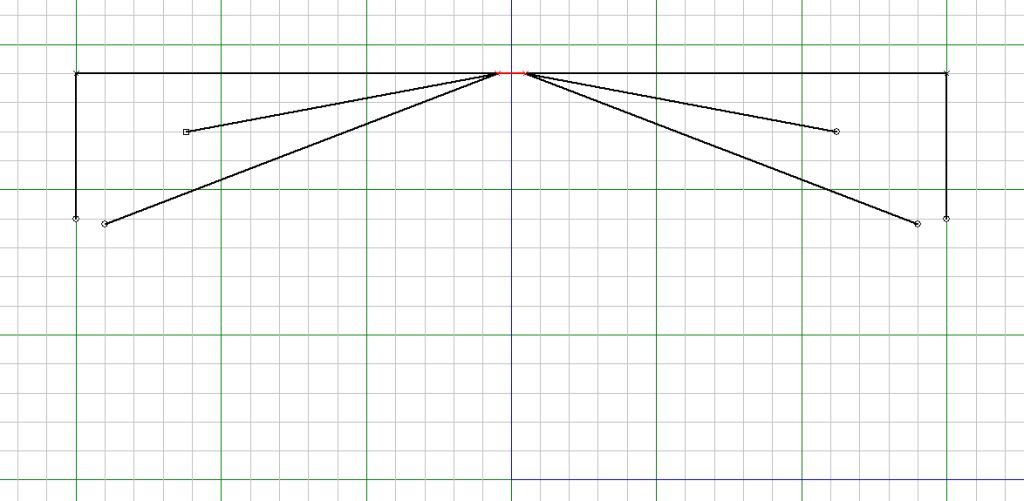
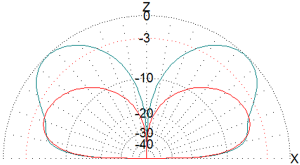
 Apart from the noise factor (loops are quiet), the vertical seems to make a better impact on transmit more often than not for DX, unless I’m into NVIS or near NVIS (500 miles or so). Even then, up to 1,500 miles, the jury is out – either antenna can win. Beyond 1,500 miles the vertical seems to do a better job most of the time – not always, however my loops are very low to the ground, maximum height of 7 meters. On 40m, I would say the vertical is a better antenna to have almost all of the time unless you need NVIS for local copying – and with the sun spot cycle as it is, you won’t get this for a while yet!
Apart from the noise factor (loops are quiet), the vertical seems to make a better impact on transmit more often than not for DX, unless I’m into NVIS or near NVIS (500 miles or so). Even then, up to 1,500 miles, the jury is out – either antenna can win. Beyond 1,500 miles the vertical seems to do a better job most of the time – not always, however my loops are very low to the ground, maximum height of 7 meters. On 40m, I would say the vertical is a better antenna to have almost all of the time unless you need NVIS for local copying – and with the sun spot cycle as it is, you won’t get this for a while yet! Now.. This is a very different animal to the Skyloops that most people build. If you want a pile-up generator, this is the animal to have. It fundamentally, takes all your RF energy and pancakes it low to the ground in various star shapes. Very Of course, you will sometimes null out the station you want but you could get really clever and change feedpoints with relays. But ignoring the clever engineering, this has changed my mind as to the effectiveness of a high skyloop.
Now.. This is a very different animal to the Skyloops that most people build. If you want a pile-up generator, this is the animal to have. It fundamentally, takes all your RF energy and pancakes it low to the ground in various star shapes. Very Of course, you will sometimes null out the station you want but you could get really clever and change feedpoints with relays. But ignoring the clever engineering, this has changed my mind as to the effectiveness of a high skyloop.